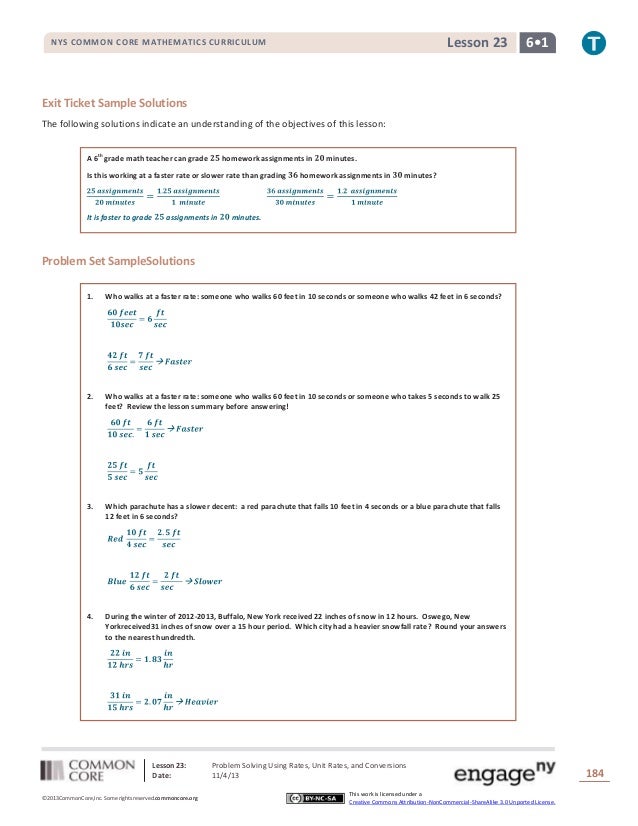
Have students (1) sketch an image and (2) write an area expression for í µí± í µí± when í µí± = 4 and í µí± = 5.

í µí° ¶ Scaffolding: Consider providing numeric dimensions for the hexagon (e.g., í µí± = 4 therefore, ℎ = 2√3) to first find a numeric area (Area = 24√3 provided the values above) and to generalize to the formula using variables. The area of the entire regular hexagon, which consists of í µí¿ such triangles, is represented by the formula í µí¿í µí²í µí². The area formula for each of the congruent triangles is í µí¿ í µí¿ í µí²í µí². Find a formula for the area of the hexagon in terms of the length of a side, í µí², and the distance from the center to a side. Opening Exercise The following image is of a regular hexagon inscribed in circle í µí±ª with radius í µí². This is used in the proof for the area formula of a circle. Then, lead them through the steps that describe the area of any regular polygon inscribed within a circle in terms of the polygon's perimeter. Question 6 of the Problem Set takes students through the steps of the informal proof of the circumference formula of a Students derive the area formula for a regular hexagon inscribed within a circle in terms of the side length and height provided in the image. As the number of sides of the regular polygon increases, each of these approximations approaches the area of the circle. The goal is to show that the areas of the inscribed polygon and outer polygon act as upper and lower approximations for the area of the circle.


In this lesson, students use informal limit arguments to find the area of a circle using (1) a regular polygon inscribed within the circle and (2) a polygon similar to the inscribed polygon that circumscribes the circle (G-GMD.A.1).

Lesson Notes In Grade 7, students studied an informal proof for the area of a circle. Students use inscribed and circumscribed polygons for a circle (or disk) of radius í µí± and circumference í µí° ¶ to show that the area of a circle is 1 2 í µí° ¶í µí± or, as it is usually written, í µí¼í µí± 2.


 0 kommentar(er)
0 kommentar(er)
